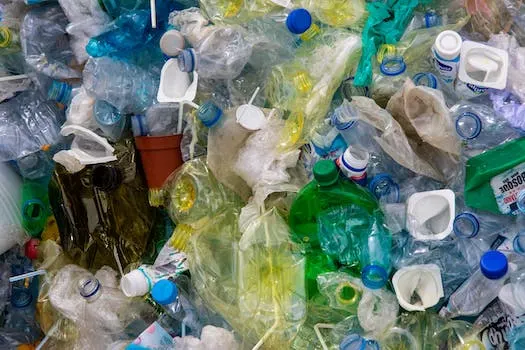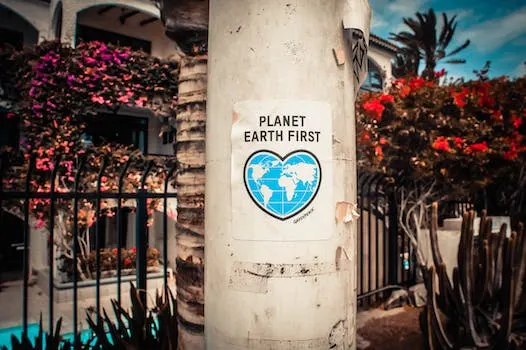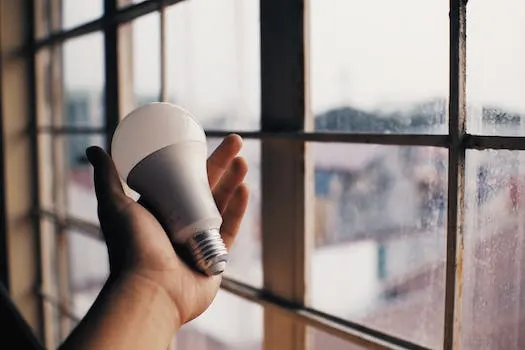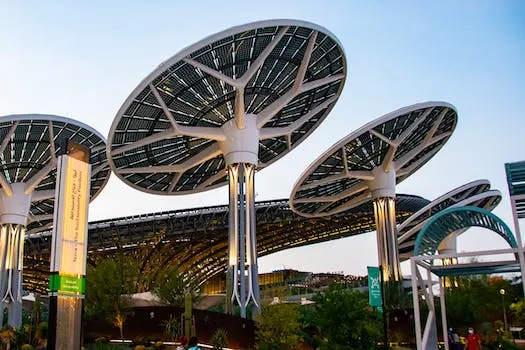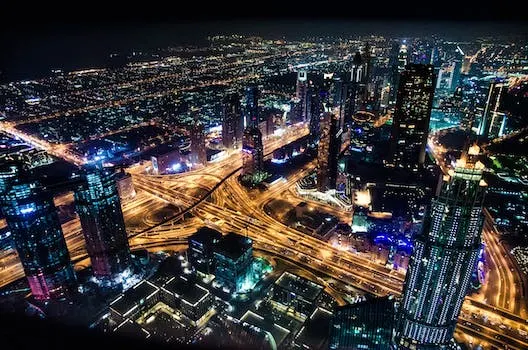
Understanding the Basics of the Circular Economy
The circular economy is an alternative approach to the traditional linear economic system, which seeks to reduce waste, increase efficiency and create a more sustainable future. It is based on the idea of keeping products, materials, equipment and infrastructure in use for longer periods of time in order to improve their productivity. This helps to design out economic activities that negatively impact human health and natural systems while also promoting environmental sustainability. Circular-economic thinking is focused on creating a restorative and regenerative economy that does not rely on non-declining Gross Domestic Product (GDP).
The Circular economy offers businesses an opportunity to make the most of their resources while also helping them become more sustainable. By understanding its basics, companies can develop strategies that will help them reduce waste and pollution while improving their overall efficiency. This includes designing out activities that have a negative impact on human health or natural systems as well as focusing on creating an economy with regenerative qualities rather than one based solely on GDP growth.
The circular economy has been gaining traction in recent years due to its potential for reducing waste and increasing efficiency across industries. It encourages businesses to think about how they can reuse materials or products instead of discarding them after use, thus making better use of resources available at hand. Additionally, it promotes sustainability by encouraging companies to focus not only on economic growth but also environmental protection when developing strategies for long-term success.
Overall, understanding the basics of the circular economy can be beneficial for businesses looking for ways to become more efficient and sustainable in their operations. By taking into account its principles when developing strategies or plans for resource management, companies can make sure they are making the most out of what they have available while also protecting our environment from further damage caused by unsustainable practices such as overconsumption or pollution generation from discarded materials or products after use.
What is the Circular Economy?
The Circular Economy is an economic system that seeks to reduce waste and increase efficiency by using resources in a closed loop. Instead of the traditional linear model of taking materials from the Earth, making products from them, and then throwing them away as waste, the circular economy reduces material use by sharing, leasing, reusing, repairing, refurbishing and recycling existing products. This helps to conserve non-renewable resources such as fossil fuels while creating a more sustainable future. The goal of this model is to minimize waste through transforming product life cycles so that everything produced can be transferred and used somewhere else continuously. By doing this it allows for maximum value extraction from resources while reducing environmental impact.
Benefits of the Circular Economy
The circular economy is a model of production and consumption that decouples economic activity from the consumption of finite resources. It is a resilient system that is good for business, people and the environment. This model includes keeping resources in use for as long as possible, extracting the maximum value from them, and then recovering, renewing and recycling them into new products or services. Consumers can purchase products made from recycled materials to reduce their environmental footprint.
Research shows that the circular economy offers a $4.5 trillion economic opportunity by reducing waste, stimulating innovation and creating jobs in new industries. With circular economic activity, waste is reduced to a minimum because everything produced is transferred and used somewhere else continuously. Circular models also reduce material use by reusing existing materials instead of relying on virgin resources which helps to conserve natural resources while reducing pollution levels at the same time.
The shift towards a circular economy requires businesses to rethink how they design their products so they can be reused or recycled more easily when they reach end-of-life stage rather than being discarded as waste. This change encourages businesses to focus on product durability which leads to higher quality goods with longer lifespans while also providing an incentive for companies to develop innovative solutions such as leasing models or product-as-a-service offerings which help keep products in circulation longer than traditional linear models do.
Overall, transitioning towards a circular economy has many benefits for both businesses and consumers alike including cost savings through resource efficiency; increased innovation; job creation; reduced environmental impact; improved resource security; increased resilience against external shocks such as climate change; improved public health outcomes due to reduced pollution levels; increased consumer choice through access to more sustainable options; and enhanced brand reputation due its positive social impact associated with it .
Implementing the Circular Economy
The circular economy is a radical new concept for sustainable growth, focused on reducing waste and creating efficiency in our society. It involves designing products, services and supply chains which are regenerative: that is, they can be reused or repurposed at the end of their life cycle. To implement this model, businesses need to focus on using renewable materials such as bamboo or organic cotton instead of non-renewable materials. Additionally, businesses should look for ways to reuse materials by turning waste into new products. This approach requires collaboration from all stakeholders in order to be successful; greenwashing – when companies purport to be environmentally conscious but don't actually make any notable sustainability efforts – must be avoided. Much has been invested in research and the production of new technologies that allow conscious and sustainable production with limited use of resources. The circular economy offers an alternative approach to the current linear economic model which focuses on extracting raw materials for manufacturing purposes only; it encourages businesses to think about how their products can benefit society beyond just making a profit.
The Future of the Circular Economy
The circular economy is an emerging concept that is gaining traction in the business world as businesses become more aware of its environmental and economic benefits. By implementing circular economy models, we can significantly reduce the amount of waste being produced and increase economic growth by creating new industries. It is a change to the model in which resources are mined, made into products, and then become waste. A circular economy reduces material use while also designing out economic activities that negatively impact human health and natural systems such as the release of greenhouse gases.
The most sustainable strategy for a circular economy is to reduce and Reuse products or materials whenever possible. This prevents raw materials from being used up too quickly while also reducing energy consumption associated with production processes. Additionally, reusing products or materials helps to extend their life cycle which reduces waste going into landfills or incinerators. Furthermore, it can help create jobs in repair services or second-hand markets which further contributes to economic growth within communities.
As businesses continue to adopt the principles of a circular economy, it will likely become the new standard for economic systems worldwide due to its potential for reducing environmental impacts while still providing financial benefits for companies involved in its implementation. The future of a circular economy looks bright as more companies recognize its potential for creating long-term sustainability solutions that benefit both people and planet alike.
Conclusion
The circular economy is a systems solution framework that seeks to reduce waste, increase efficiency, and create a more sustainable future. It offers an alternative to the traditional linear economic system by following the 3R approach: reduce, reuse and recycle. This model reduces material use and redesigns materials, products, and services to be less resource intensive while recapturing “waste” as a valuable resource. Additionally, it maximizes reuse of products and parts while minimizing consumption of resources. As businesses continue to embrace this new standard for economic systems, they can benefit from reduced resource consumption as well as creating new products and services with reduced environmental impact. The circular economy is an innovative way of tackling global challenges like climate change, biodiversity loss, waste production and pollution in order to create a more sustainable future for all.
